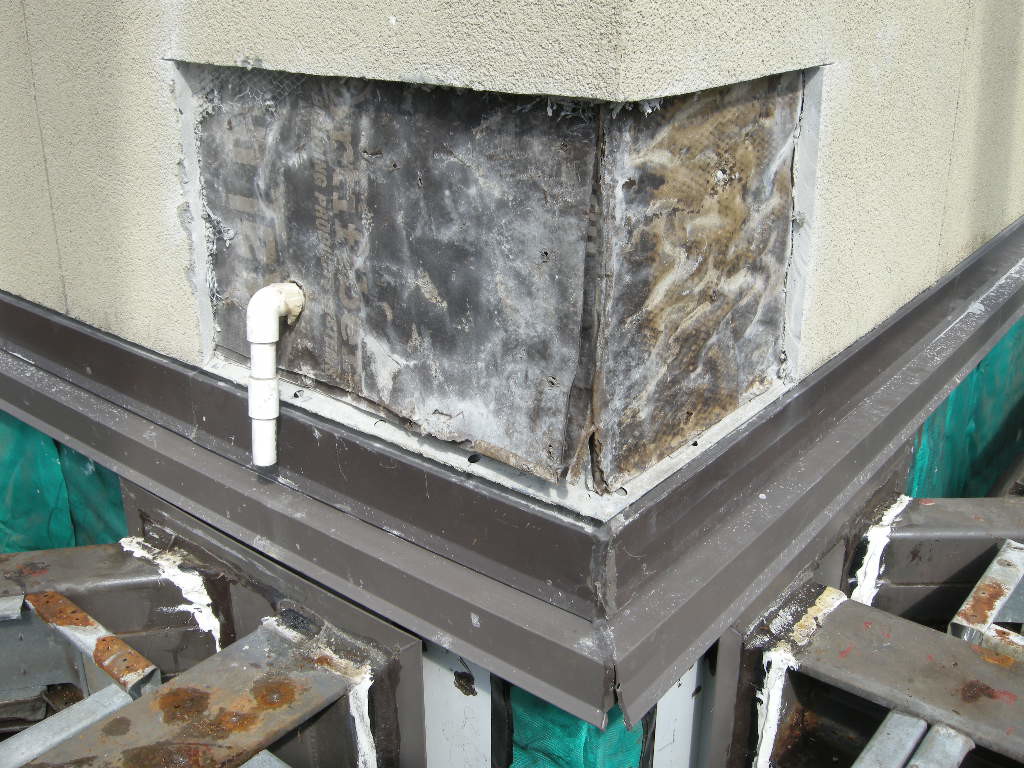With the Portland City Council’s final decision not to further delay projects to build new reservoirs to replace the five historic open reservoirs, on the west side of the city in Washington Park a new below grade water storage tank is being planned in the general footprint of one reservoir. The second of the two reservoirs at Washington Park will be decommissioned and used for new purposes. The implementation of underground storage tanks may still elicit a spirited discussion. And at the heart of the discussion is how to implement thoughtful change to a historic, well loved cultural resource to the rigors of rapidly evolving public safety and seismic protection mandates.
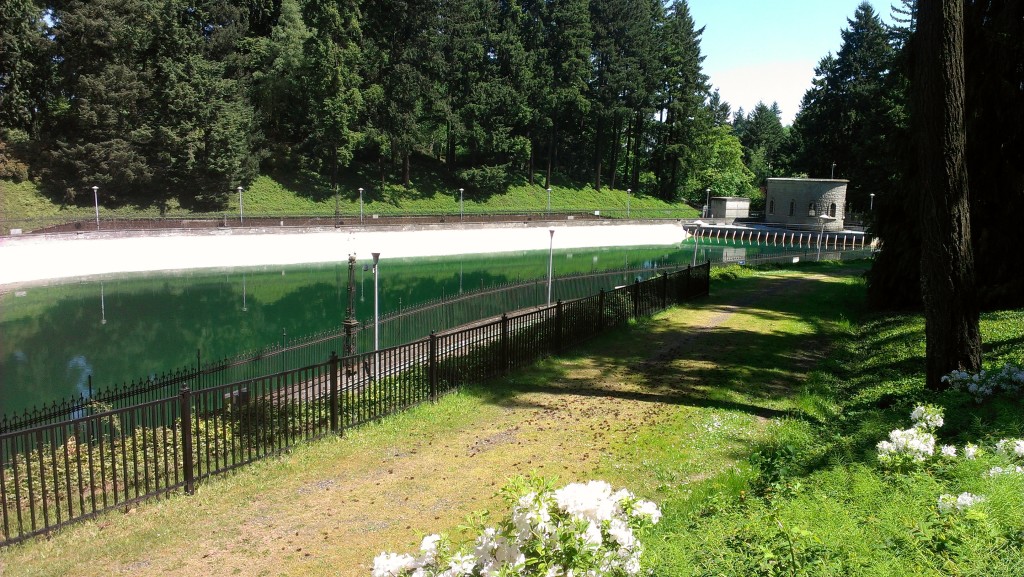
Reservoirs 3 and 4
Reservoirs 3 and 4 were constructed as part of the Bull Run water system, a gravity-fed mountain watershed system built between 1894 and 1911 to provide the City of Portland with high quality drinking water. Reservoirs 3 and 4 continue to function as the city’s primary water distribution source for the west side of Portland. The reservoirs have been in continuous operation for more than 100 years. They serve as a featured amenity enriching the landscape of Washington Park, one of Portland’s largest and oldest parks, with vistas of open water, and period historic structures. Also due to their location on hills on the west side of the city, scenic views are afforded across the reservoir water.
As summarized in the National Register of Historic Places nomination, “one of the most defining landscape principle of Reservoirs 3 and 4 is the open expanse of water, their irregular shape, rusticated concrete structures, and ornate wrought iron detailing of fences and lampposts. The reservoirs are a striking and elegant addition to the serene forest that makes up this end of Washington Park. The surrounding forest is composed primarily of Douglas fir, western red cedar, and big leaf maple all predominating native tree species of the Pacific Northwest.”

The Design Challenge
The challenge is to design a 100 year plus engineering solution while simultaneously designing a thoughtful change to the context, natural park setting, and historic district. Arising from the Olmsted Brothers vision for Portland and the City Beautiful movement, the changes to the Reservoirs offer an opportunity to evaluate the evolution of development outside Washington Park within the Park, changes to the Reservoirs themselves, public access, and protection of cultural amenities. If access to the “water” is transformed to a public amenity, how does the design enhance the serene qualities of the site? How should the change reconnect the reservoir area with the surrounding neighborhood and Park features?
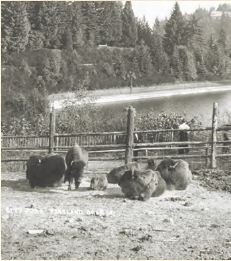 The reservoirs embody the challenge associated with retaining a historic place as both a visual element and a dynamic landscape. The safety, security and seismic solutions may alter the purpose of the visual feature and the interaction with the “water,” but that does not translate into a diminishing of a historic place. There are no easy answers. In the end, this final decision should be assuring that the Washington Park Reservoirs will continue to provide safe, reliable water storage, and to elicit wonder well beyond the next 100 years.
The reservoirs embody the challenge associated with retaining a historic place as both a visual element and a dynamic landscape. The safety, security and seismic solutions may alter the purpose of the visual feature and the interaction with the “water,” but that does not translate into a diminishing of a historic place. There are no easy answers. In the end, this final decision should be assuring that the Washington Park Reservoirs will continue to provide safe, reliable water storage, and to elicit wonder well beyond the next 100 years.
Written by Kristen Minor, Preservation Planner

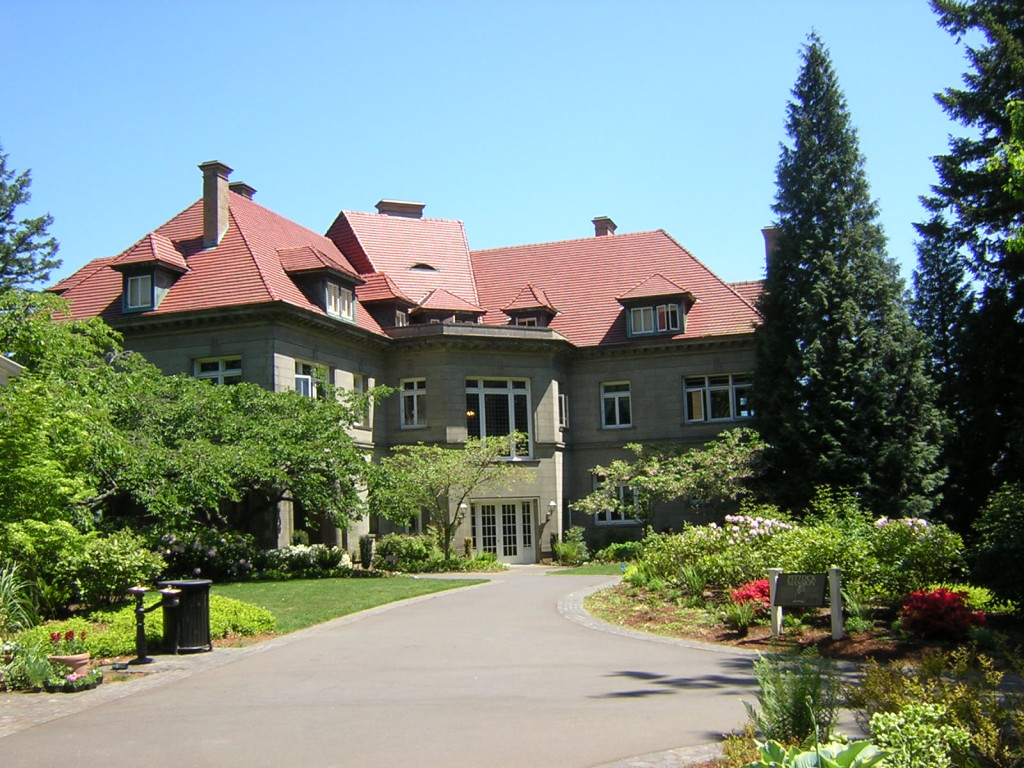
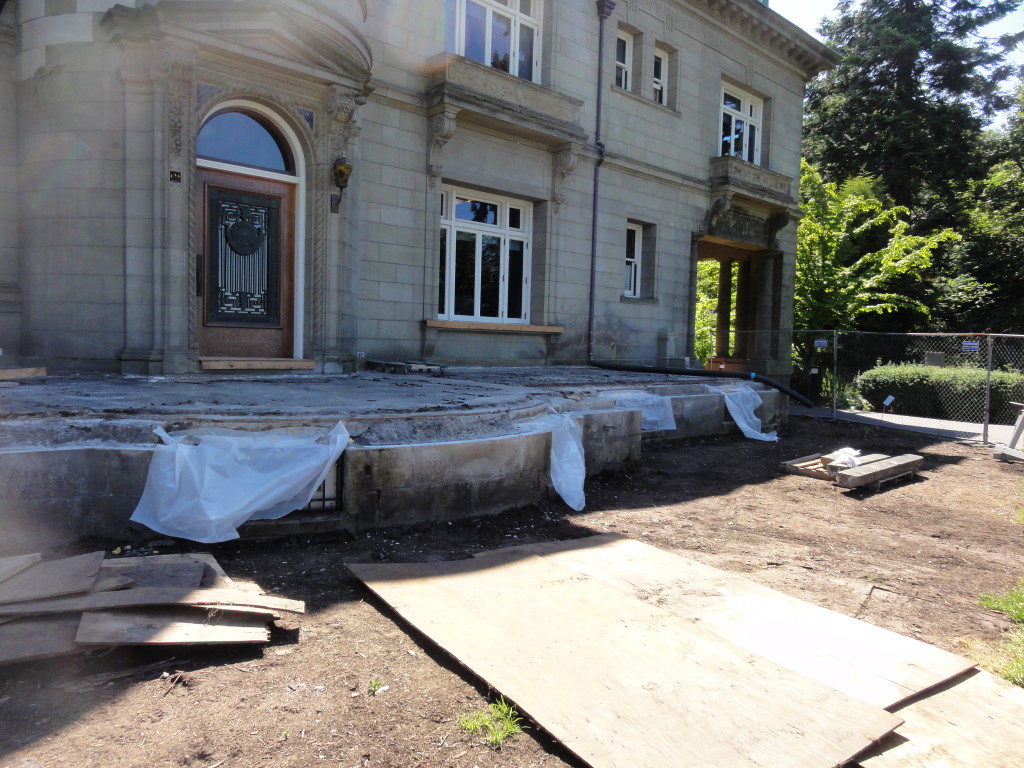
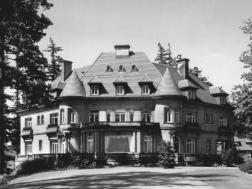 There is still much work to be done. The Pittock Mansion Society has identified the top priority projects ranging from the practical structural and electrical work to additional programming and preservation projects. The Centennial celebration will be a grand formal affair, fitting for such a magnificent and unique cultural icon within the City of Portland’s stewardship.
There is still much work to be done. The Pittock Mansion Society has identified the top priority projects ranging from the practical structural and electrical work to additional programming and preservation projects. The Centennial celebration will be a grand formal affair, fitting for such a magnificent and unique cultural icon within the City of Portland’s stewardship.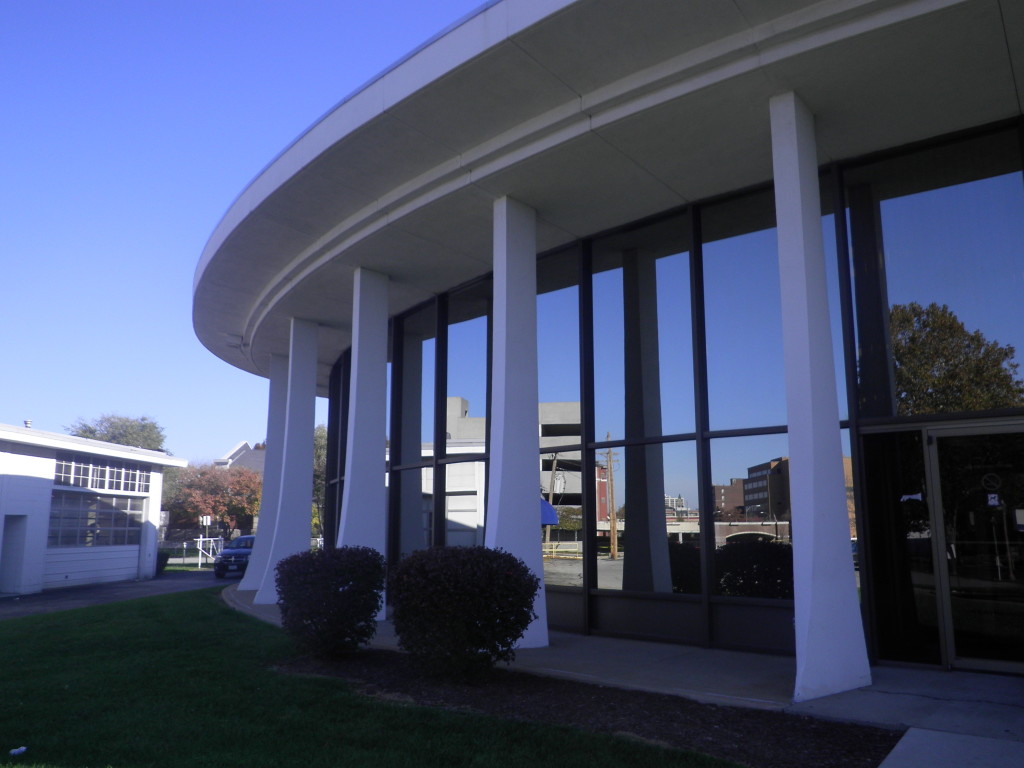
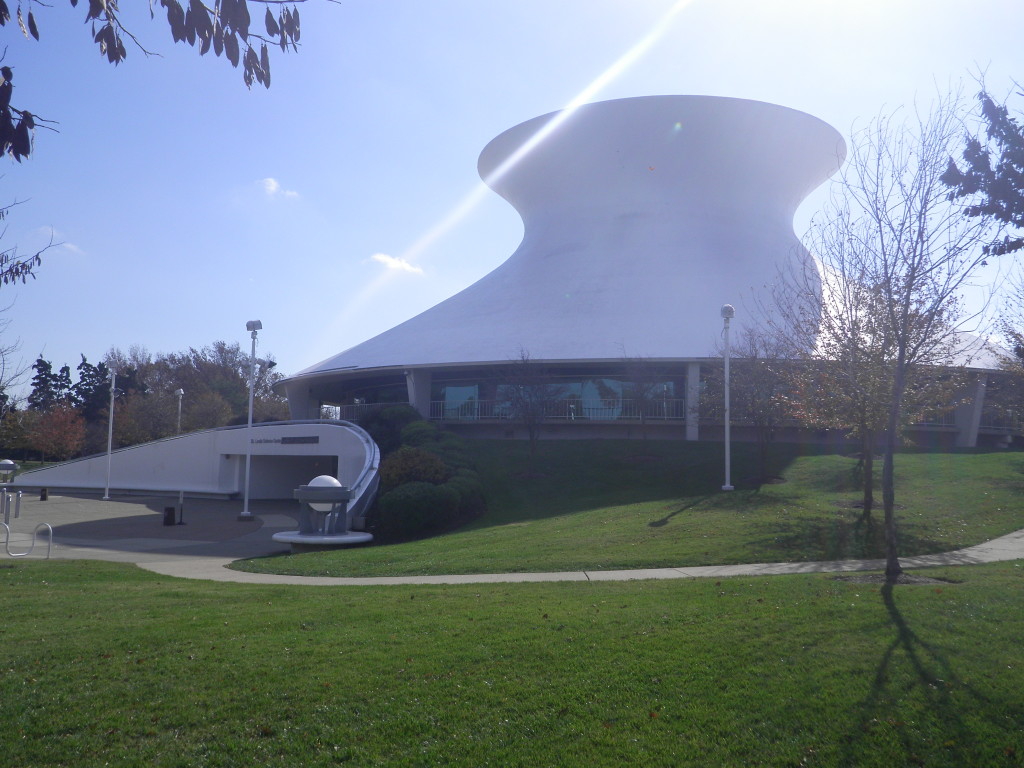
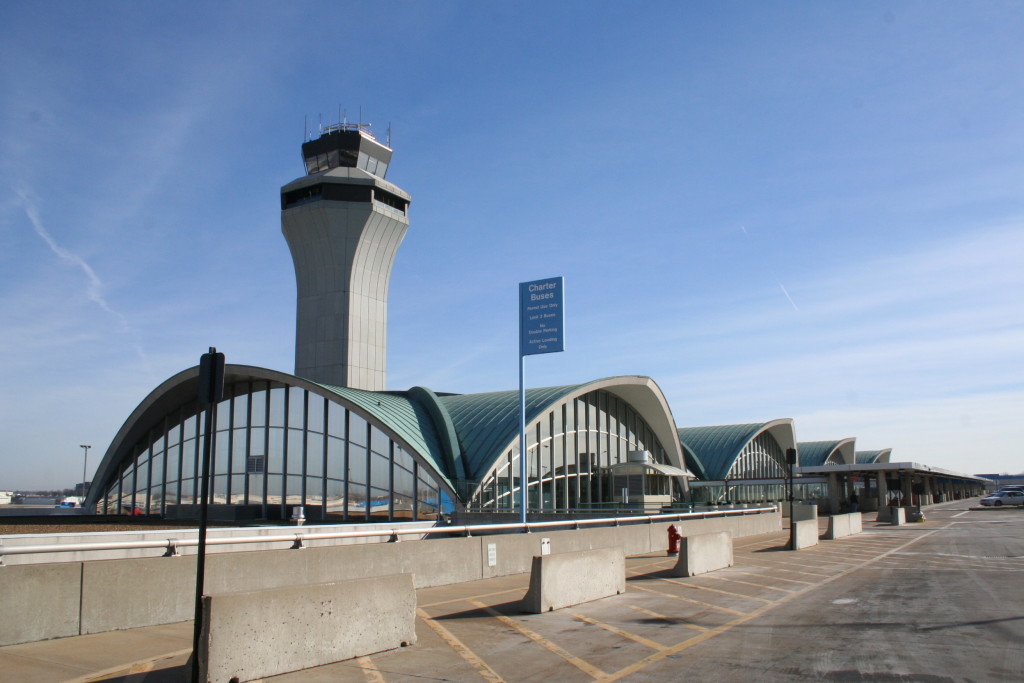
 For more information about this exciting project, including a list of buildings for intensive research, mid-century modern properties, city map with property locations, and property descriptions. Visit:
For more information about this exciting project, including a list of buildings for intensive research, mid-century modern properties, city map with property locations, and property descriptions. Visit: 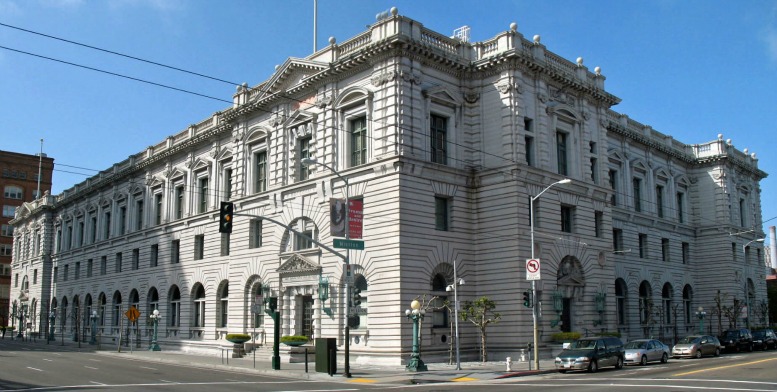
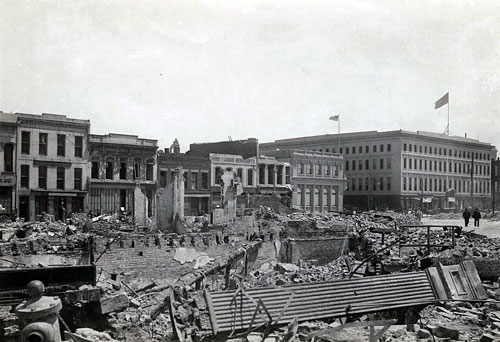
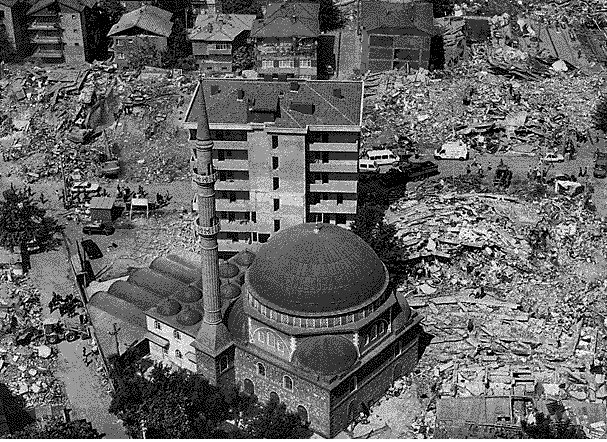
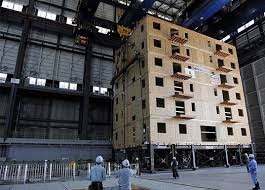 These studies combined with documented field assessments and field evidence of older structures surviving earthquakes and repeated ground motion disturbances over several hundred years are available in numerous communities and offer case study structures for further research. The numbers of university engineering departments with “shake tables” (e.g. Portland State University) create opportunities for joint partnership with private sector consultants, public agencies, and professional organizations to assess and analyze the unique aspects of archaic building materials and methodologies for seismic response. The collaboration between university and private cooperation for seismic research has the potential to develop a wealth of practical and applicable information. The current collaborative efforts involving energy consumption offer the model from which to base seismic research.
These studies combined with documented field assessments and field evidence of older structures surviving earthquakes and repeated ground motion disturbances over several hundred years are available in numerous communities and offer case study structures for further research. The numbers of university engineering departments with “shake tables” (e.g. Portland State University) create opportunities for joint partnership with private sector consultants, public agencies, and professional organizations to assess and analyze the unique aspects of archaic building materials and methodologies for seismic response. The collaboration between university and private cooperation for seismic research has the potential to develop a wealth of practical and applicable information. The current collaborative efforts involving energy consumption offer the model from which to base seismic research.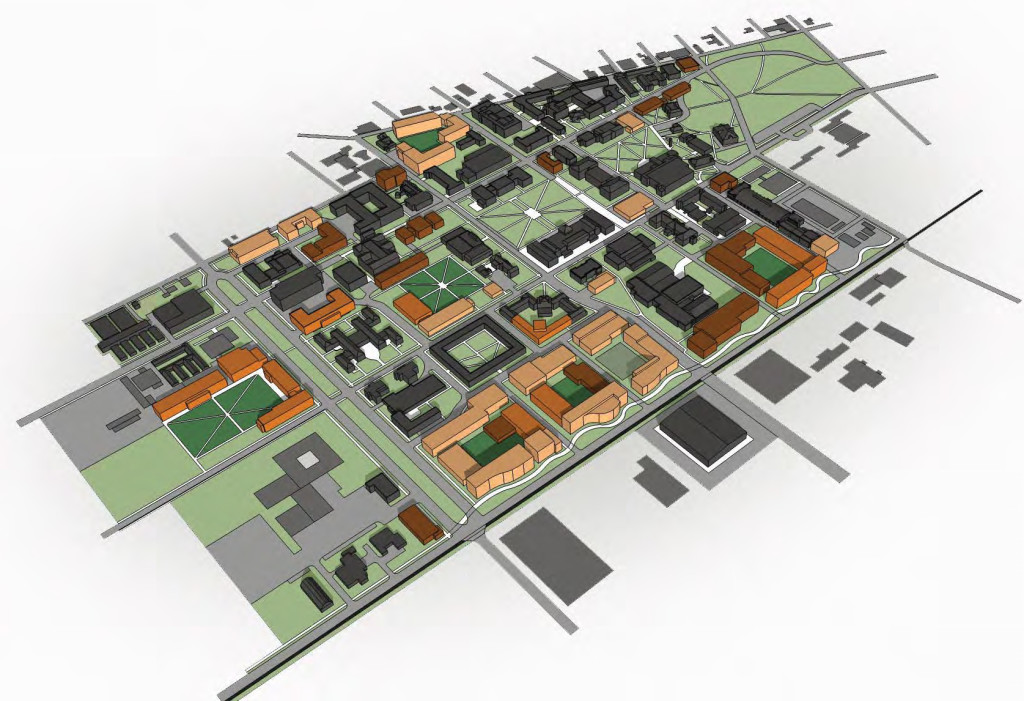
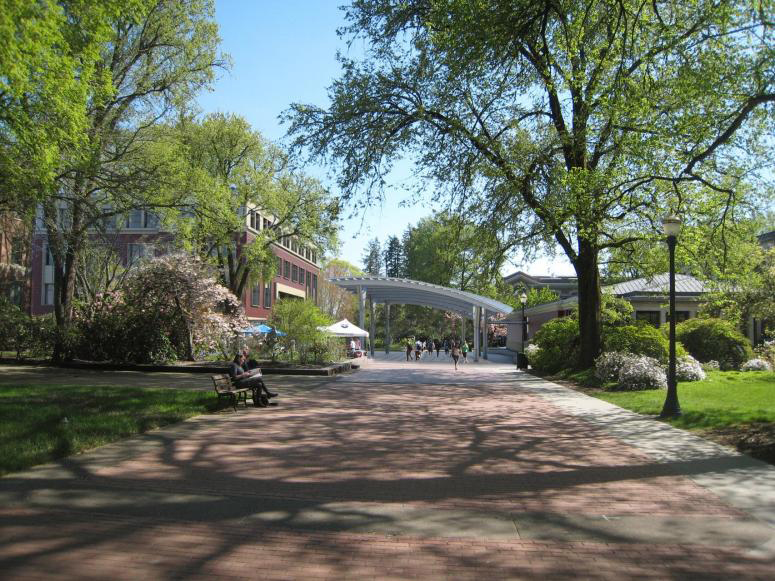

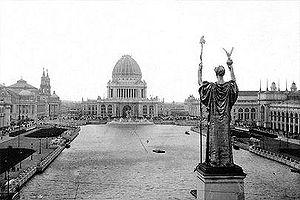
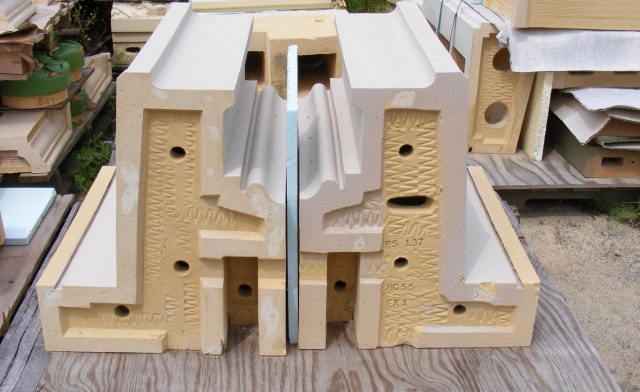
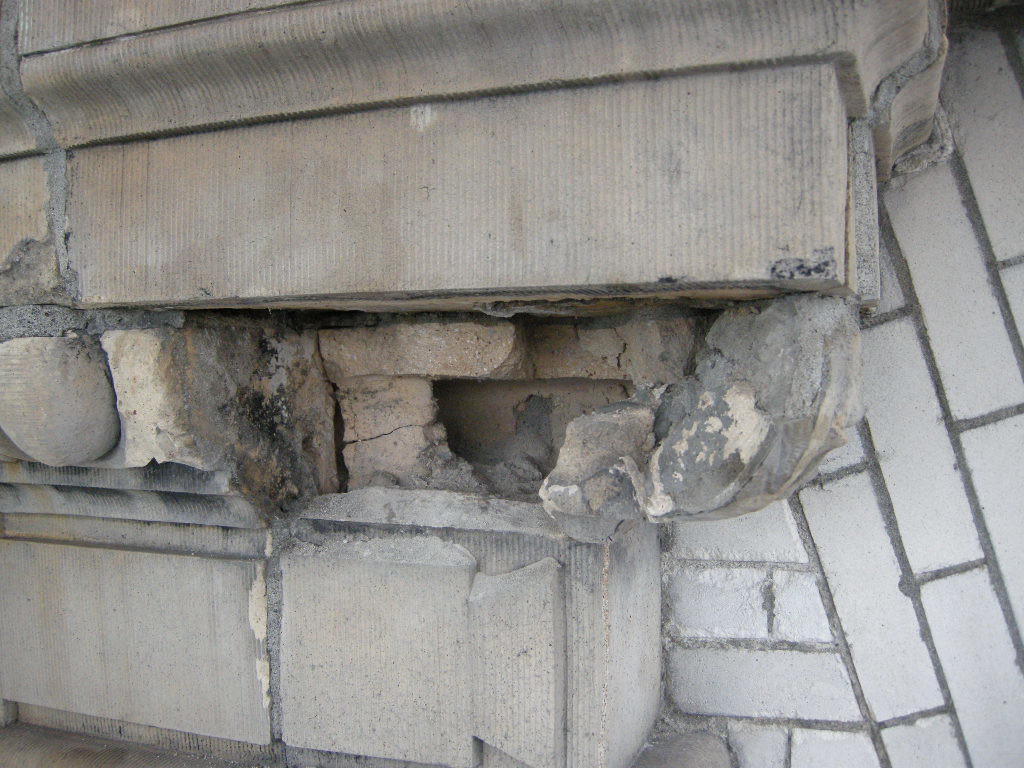
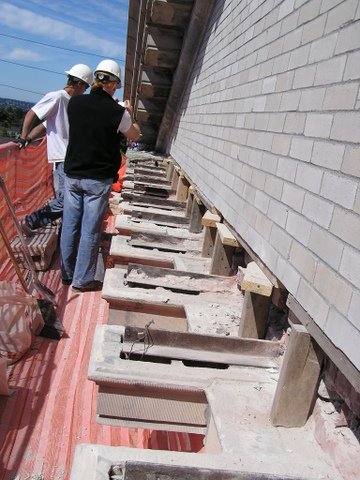 When replacement units are not required and the scope is limited to on-site repair, labor costs exceed material costs. Since many historic terra cotta units were specialty designed and installed for the structure, a premium price is paid for replacement. New exterior decorative terra cotta is available only from the sources referenced and with small quantity orders, the first unit is approximately $5,000 with much of the costs attributed to making the form and determining the finish color and texture. Subsequent costs per unit will decrease with the range of decrease dependent upon quantities required.
When replacement units are not required and the scope is limited to on-site repair, labor costs exceed material costs. Since many historic terra cotta units were specialty designed and installed for the structure, a premium price is paid for replacement. New exterior decorative terra cotta is available only from the sources referenced and with small quantity orders, the first unit is approximately $5,000 with much of the costs attributed to making the form and determining the finish color and texture. Subsequent costs per unit will decrease with the range of decrease dependent upon quantities required.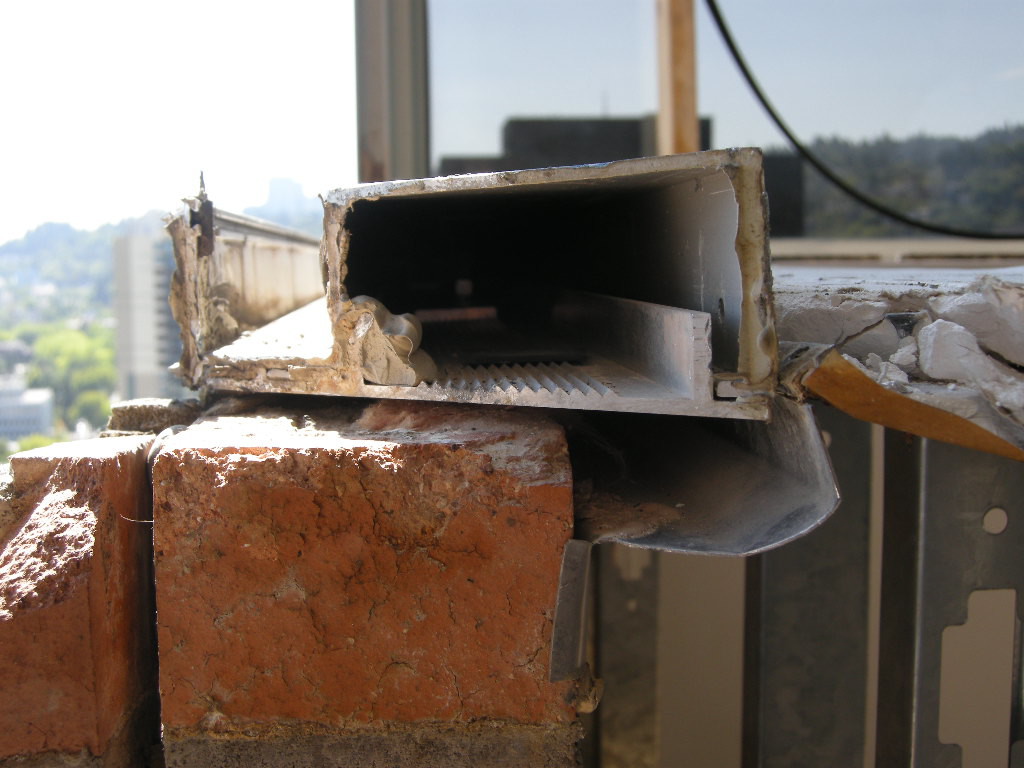
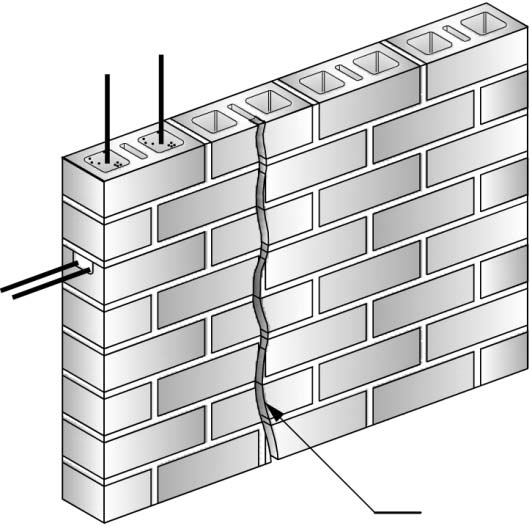
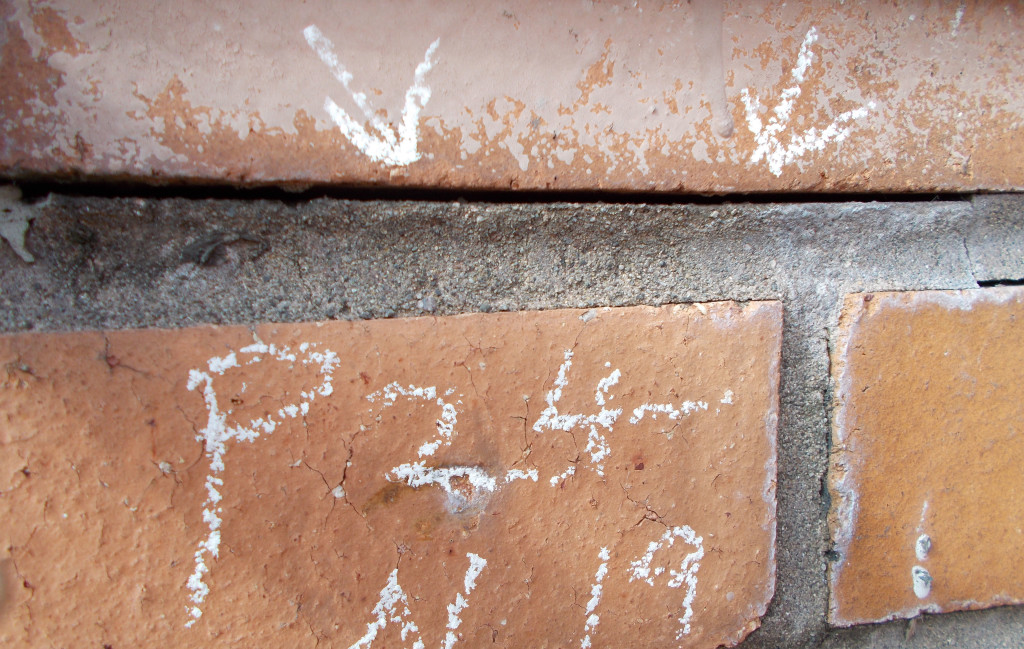
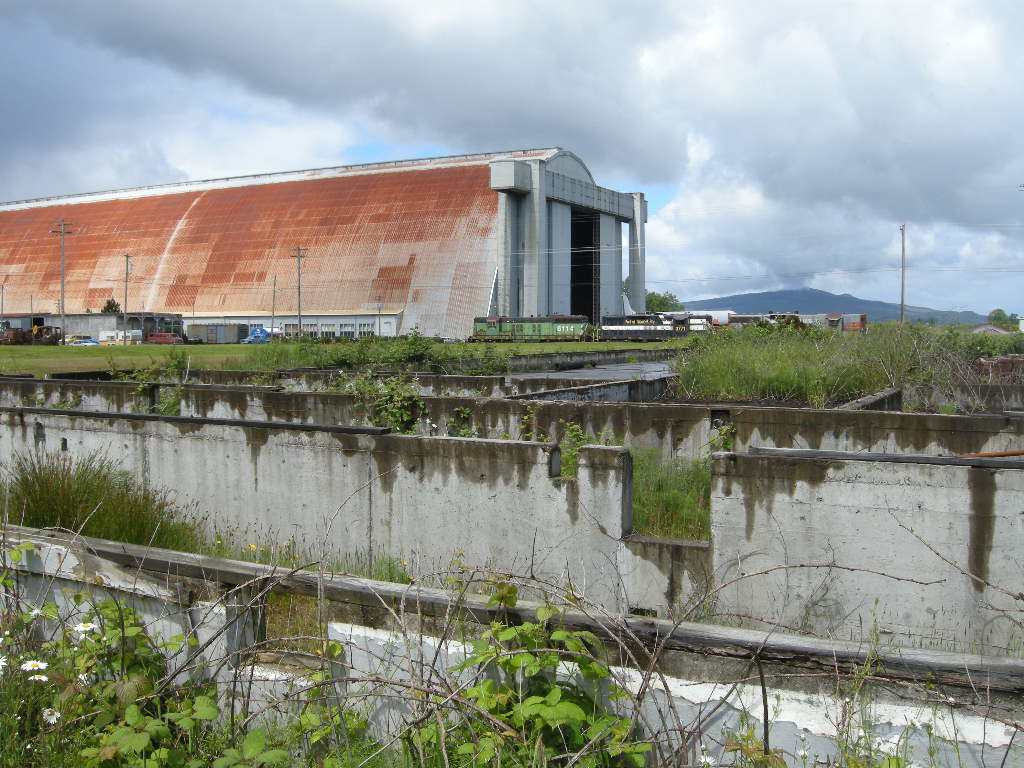
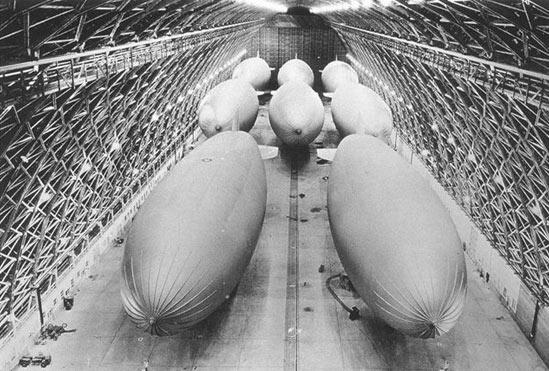
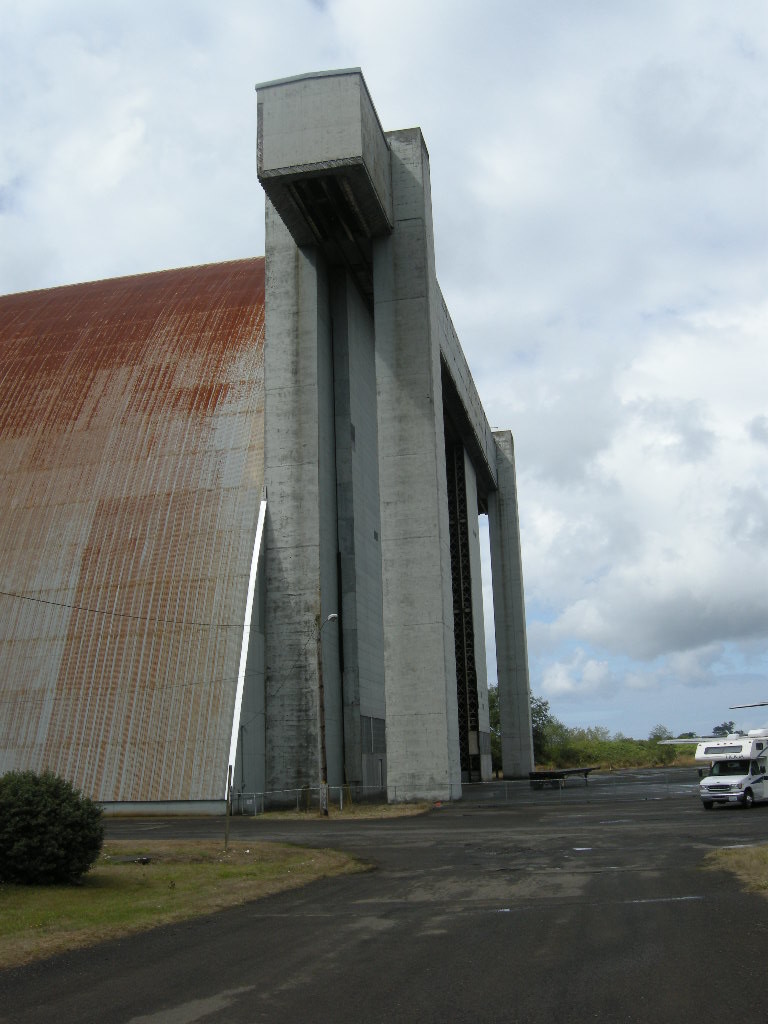 Creative, multi-jurisdictional, community involvement, private / public partnerships, government programs, and national and international marketing campaigns have become key elements to long range cultural resource management plans. The unique structures require innovative solutions matching the monumental character and commanding presence. Success stories abound from the saving of West Baden Springs Hotel in French Lick, Indiana to Centennial Hall in Wroclaw, Poland. The efforts to retain the giant structures are well deserved, because the continued loss of such buildings diminishes our understanding of world events.
Creative, multi-jurisdictional, community involvement, private / public partnerships, government programs, and national and international marketing campaigns have become key elements to long range cultural resource management plans. The unique structures require innovative solutions matching the monumental character and commanding presence. Success stories abound from the saving of West Baden Springs Hotel in French Lick, Indiana to Centennial Hall in Wroclaw, Poland. The efforts to retain the giant structures are well deserved, because the continued loss of such buildings diminishes our understanding of world events. 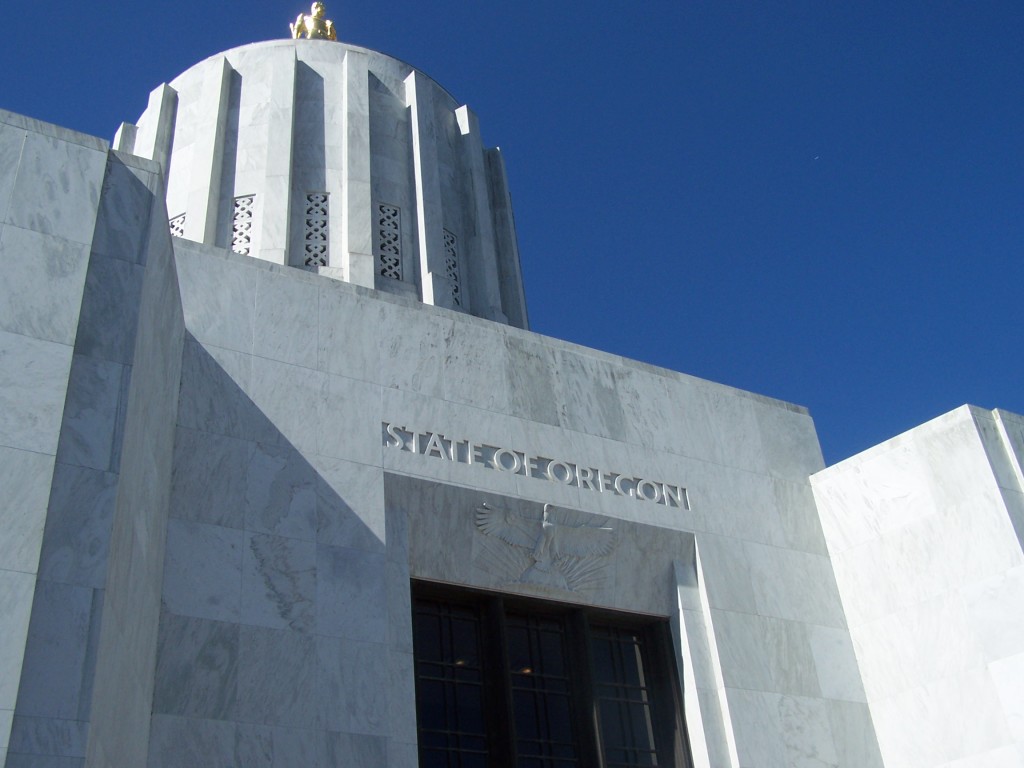
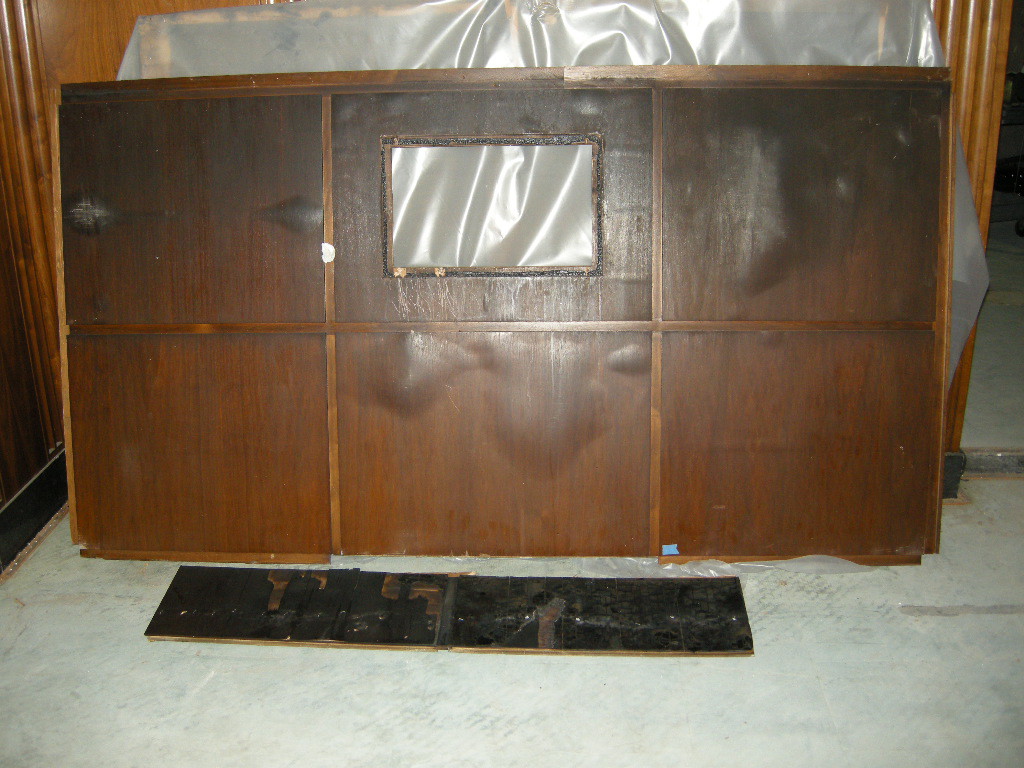
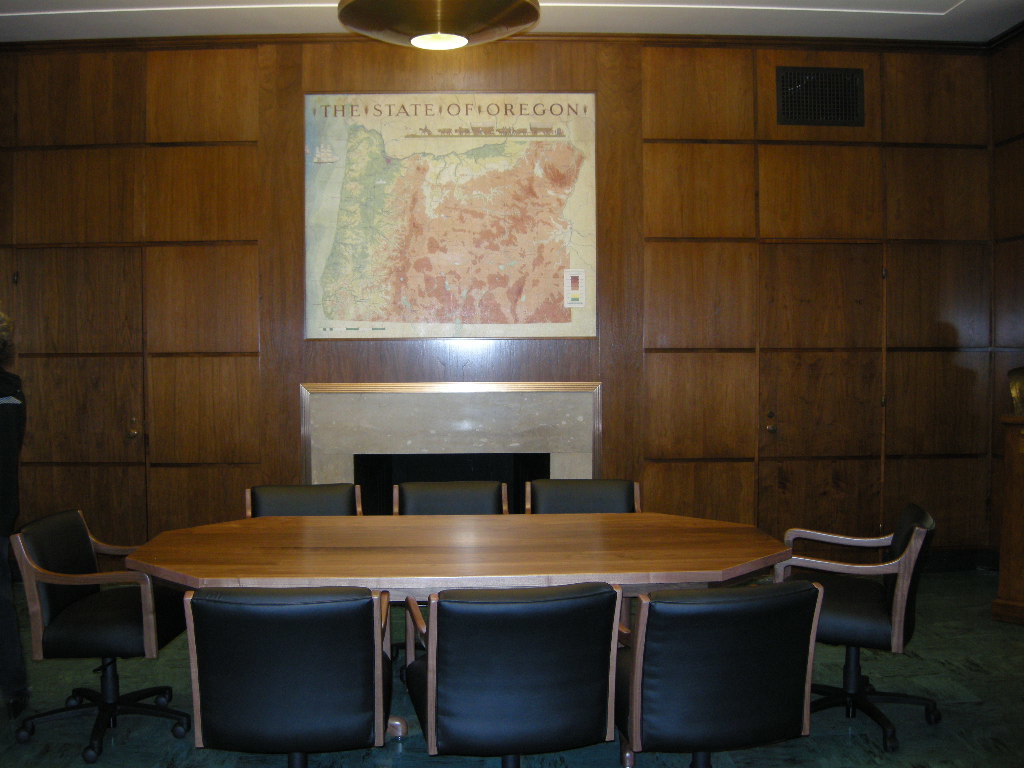
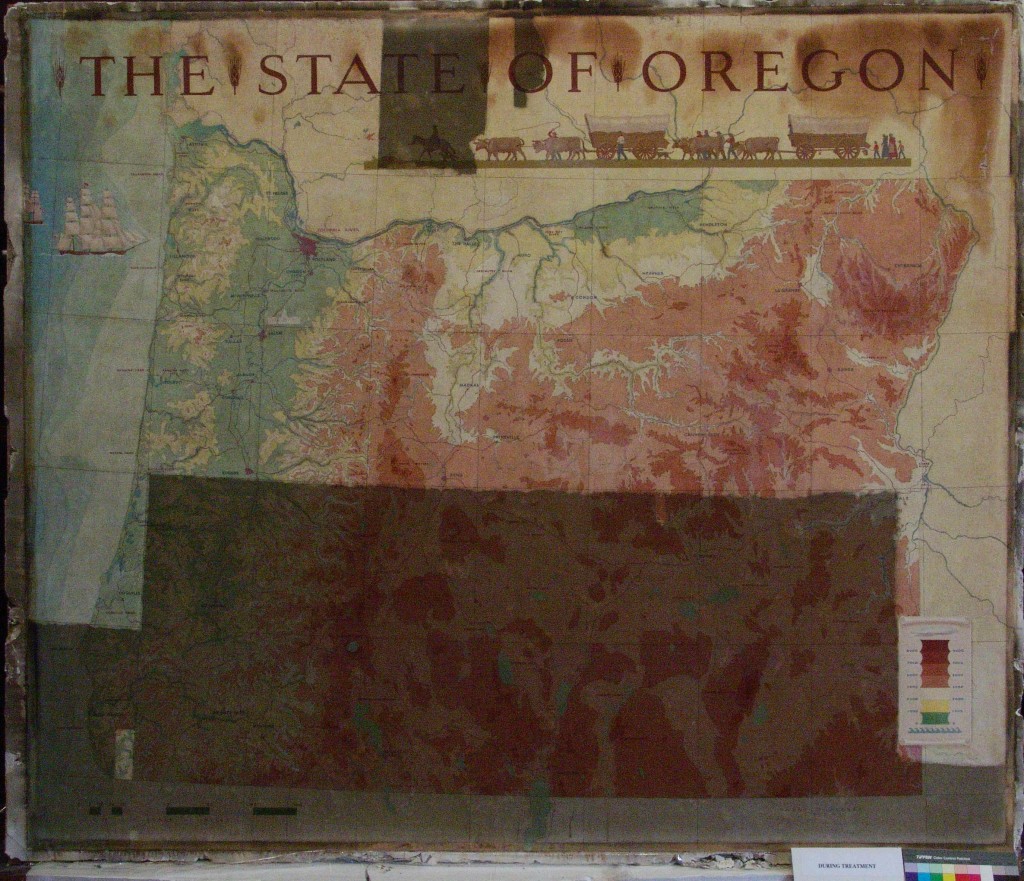

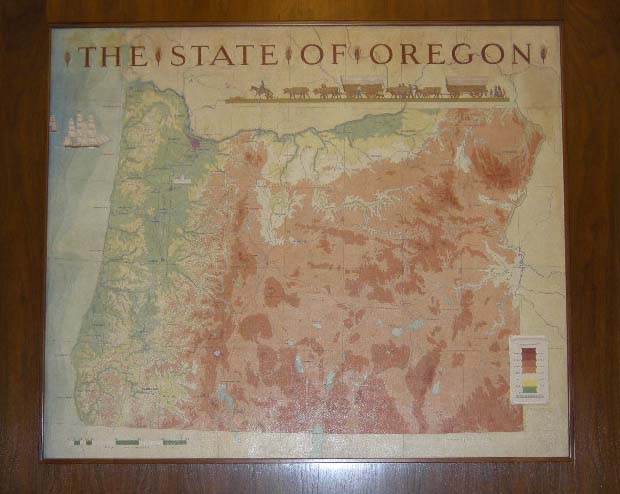
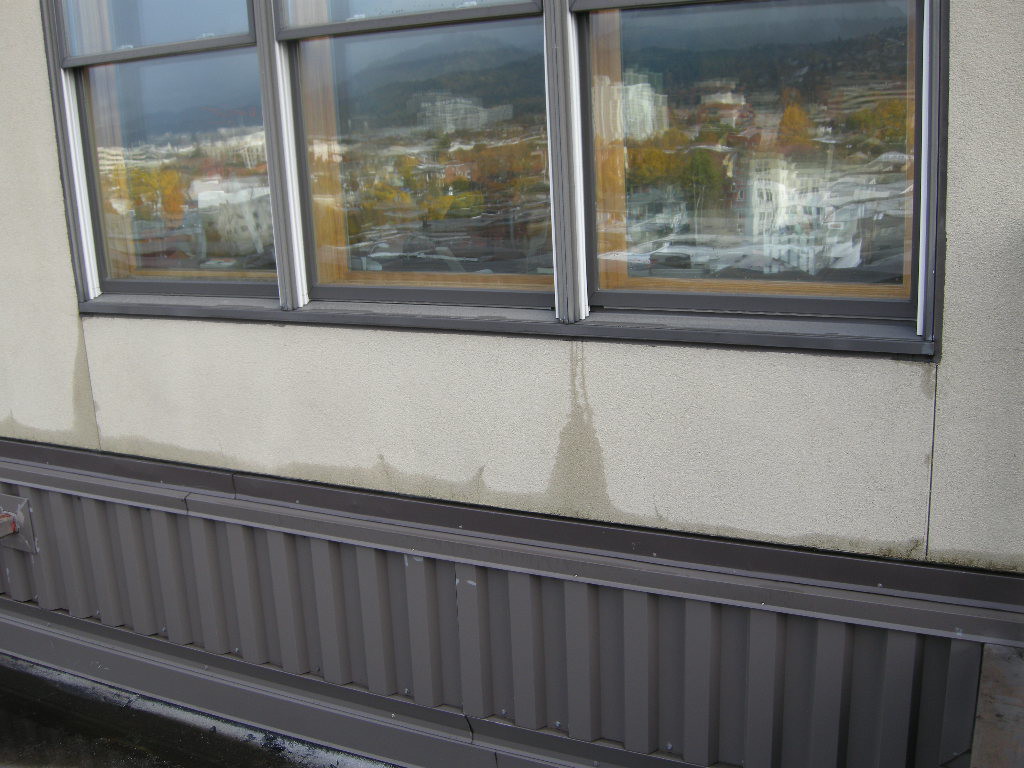
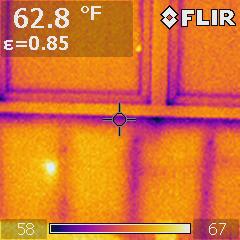 Infrared camera analysis adds another diagnostic layer of evaluation data. Temperature differentials between wet and dry surfaces can collaborate other visual observations. However, a number of varying conditions, not just water, can cause temperature differences between materials or even temperature differences within the same material. For instance, an exterior stucco wall installed over steel studs may have extreme temperature changes as a result of heat conductance through the steel studs with no related water intrusion.
Infrared camera analysis adds another diagnostic layer of evaluation data. Temperature differentials between wet and dry surfaces can collaborate other visual observations. However, a number of varying conditions, not just water, can cause temperature differences between materials or even temperature differences within the same material. For instance, an exterior stucco wall installed over steel studs may have extreme temperature changes as a result of heat conductance through the steel studs with no related water intrusion.